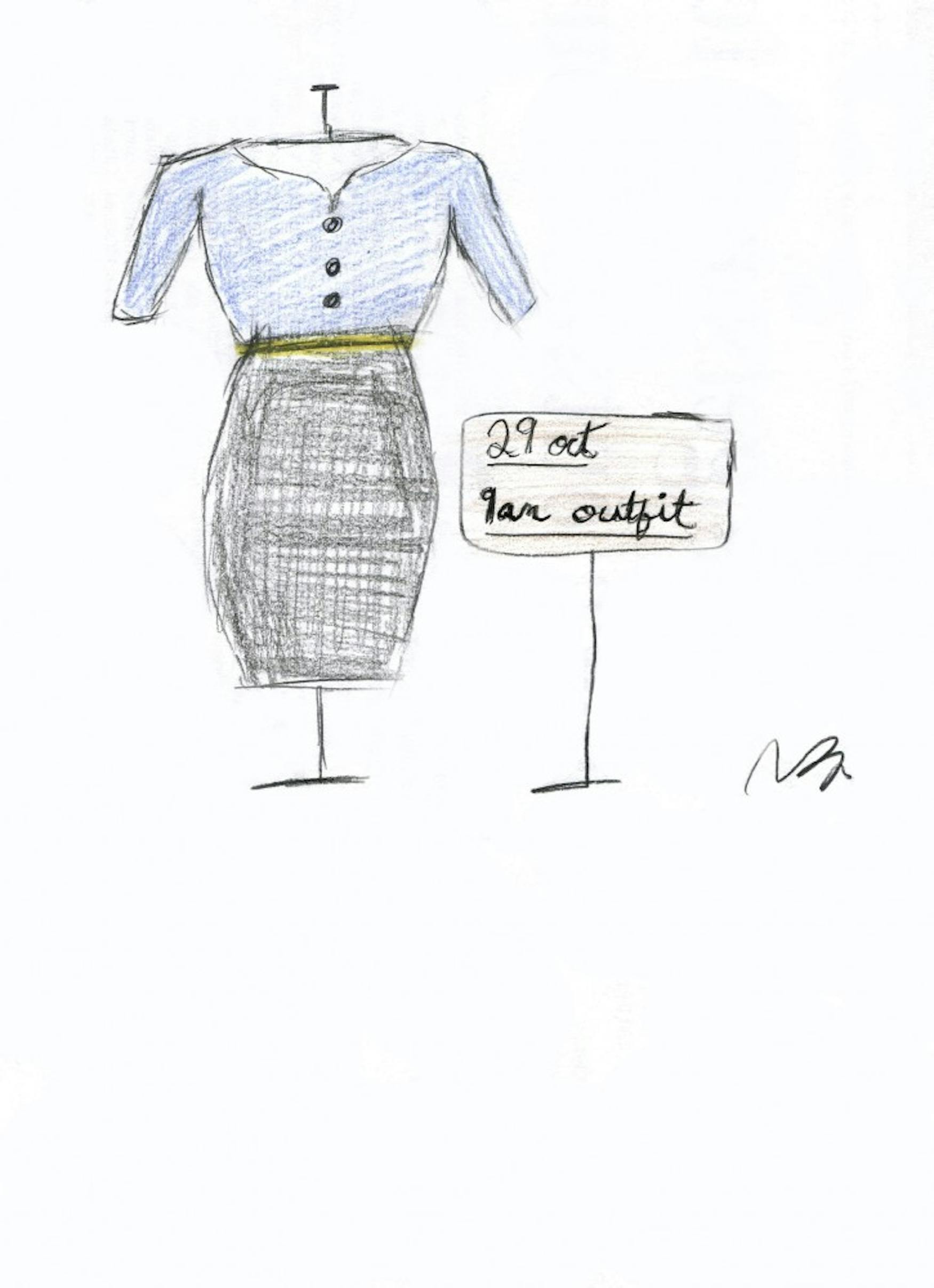Reevaluate judgements surrounding fashion, clothing choices
Recently, I, along with a classmate, formed a club at the International Business School called the Retail and Fashion Club. For this initiative to exist, I had to collect a number of signatures from IBS classmates. I thought to myself: what better an opportunity to see how the perceptions of retail and fashion have changed over the years? Unfortunately people still think that retail and fashion are superficial. The looks on some of the students’ faces told me how disdainful they were toward my idea.
Some students, not understanding that signing a petition does not force them to play an active role in the club, did not even want to lend their names to the signature sheet — which no one sees except the Office of Student Experiences. It was anathema to them to even be seen signing this form. In the creation of this club, my co-founder impressed upon me the idea that we should play up the analytics portion, and de-emphasize the “fashion” part. This would certainly highlight the use of data in retail — and it is a data-driven business — but the goal of this club was to encourage students to attend our events who might otherwise be turned off by the idea of attending an event hosted by a club with “retail” and “fashion” in the name.
This led me to the larger thoughts of the landscape of superficiality that pervades us all, even though we act like we are better than that. The same people who don’t believe in brands are the ones who wear the non-conformist brands like Converse (now owned by Nike) or Vans (owned by the Vanity Fair Corporation). ‘Vanity’ is in their name! Incidentally, VF Corporation also owns The North Face, Timberland and Smartwool, and also manufactures private label clothing for other well-known companies like L Brands, Nordstrom and Macy’s.
When I was an undergrad, many students simply rolled out of bed and showed up to class, which represented the “I’m too smart to be bothered with thinking about bathing and how I appear to others.” This aesthetic then made me, who showered every day, seem superficial in comparison. The trend continued in the workplace, where colleagues who seemed more “put together” were somehow perceived as less competent than those who dressed more casually. In my opinion, that implies that the ones who dressed more casually were deliberately dressing down to appear more competent. These co-workers used their clothing as the unspoken language by which they communicated that they were able to do the job. It was reverse superficiality.
I try to choose my clothes based on what I am doing for the day, but too often comfort comes first — or other trivial things such as weather considerations. Fully aware that I am sending the wrong signals by wearing the wrong brand of running shoes and non-branded yoga pants, comfort is my king. Still, we are what we wear as much as we are what we eat. What I wear can impact how I feel on that day. For example, if I wear my “lucky” baseball cap, I think I might do better on an exam because I “feel” better about myself. And on those days I wear sweats, I do indeed feel a bit more tired.
But retail encompasses more than just clothing. It surrounds us constantly. Did you get a cold recently? Perhaps you bought some cough drops at CVS, which is a retail purveyor of cough and cold medicine, among other things. If you wear glasses and bought them at LensCrafters or Warby Parker, you just went to a retail store. Getting groceries delivered by Amazon? It’s still considered a retail company. Most every little thing surrounding us has the imprint of retail.
Sure, some of the choices we make are for fashion or style, such as how we dress for Halloween. This holiday is more retail-oriented than in previous years. According to the National Retail Federation, it’s the second largest commercial holiday, with Christmas being the first. The National Retail Federation goes on to say that the average spending per consumer will be about $86, and that the spending has been inspired by social media posts by friends, celebrities and even neighbors on Pinterest, YouTube and Instagram.
In the end, I’m reminded of a scene from The Devil Wears Prada. Miranda Priestly explains to Andrea Sachs how her blue sweater is cerulean, not just blue, and that Andrea’s sweater selection, which Andrea thinks is her choice to opt out of the fashion industry, is the result of the fashion industry carefully selecting that color, and how the color filtered down the rungs of fashion from the runways to a strip mall clothing store to then be purchased by Andrea.
Whether we like it or not, fashion and retail matter, and they matter in a big way.



Please note All comments are eligible for publication in The Justice.